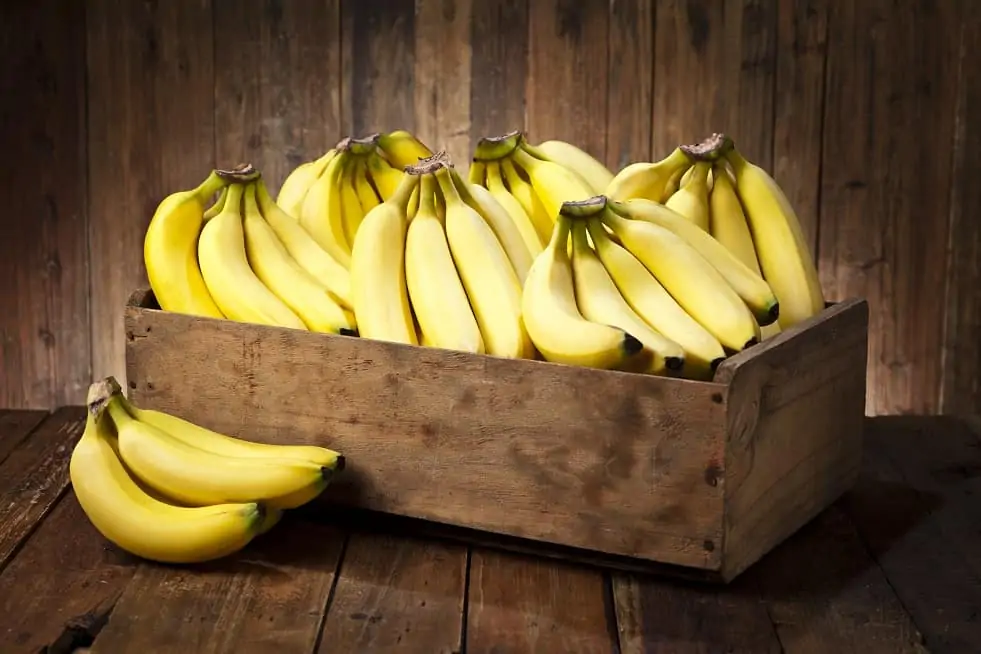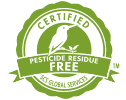
The seal means that the food has been tested for pesticide residues, and that residues were below levels specified in the SCS Pesticide Residue Free Certification Standard. For a food to be certified and carry this seal, the test results do not have to indicate that the residue levels are zero, or that no pesticides are detected. Rather, the limits are 0.01 parts-per-million (ppm) for most pesticides, even though many of these pesticides can be detected at much lower levels. Also, some pesticides can be used in agriculture in ways that would not lead to residues on the food but can have negative impacts on the environment, farmers and farmworkers, and people living near farms.
The bottom line: If you’re looking for a seal that means no synthetic pesticides that can pose risks to human health and the environment are allowed to be used, look for the USDA Organic seal.
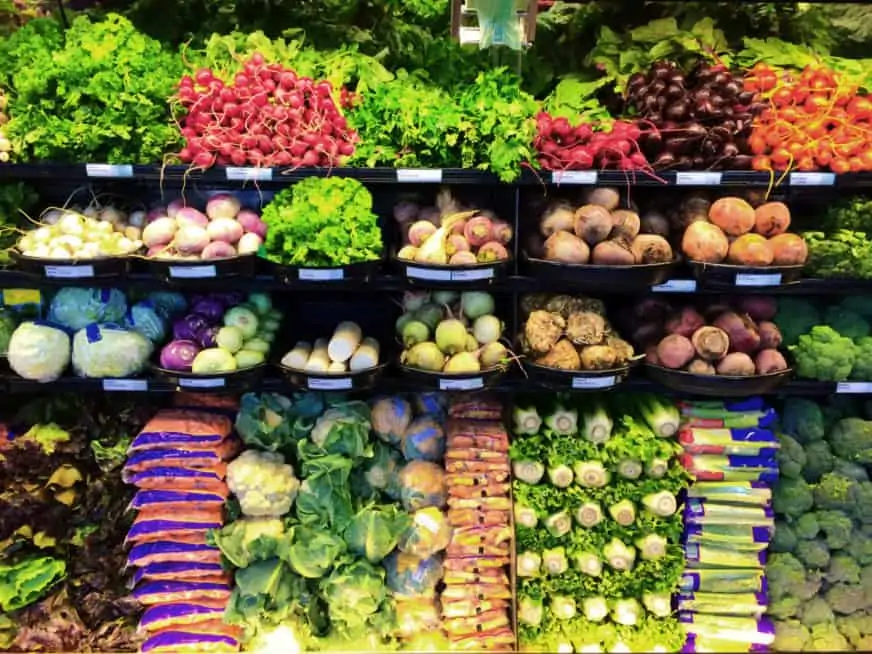
This seal can be found on:
Fresh or processed fruits, vegetables, grains, juices
ORGANIZATION: Scientific Certification Systems, Inc., doing business as SCS Global Services
url: www.scsglobalservices.com
LABEL STANDARDS: www.scsglobalservices.com/certified-pesticide-residue-free
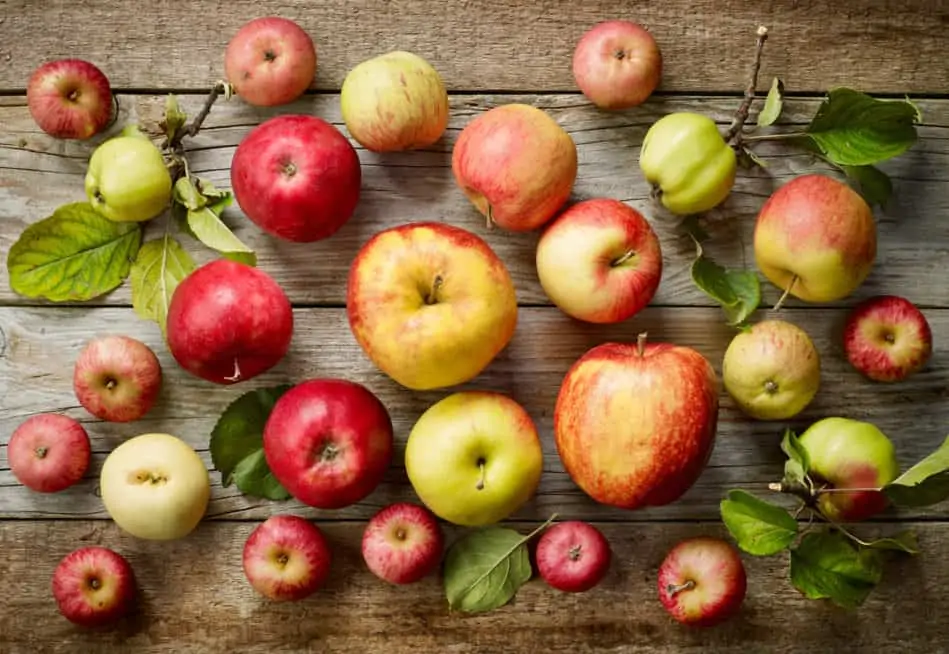
What this seal means
The SCS Certified Pesticide Residue Free seal indicates that the food was tested for pesticide residues, and that residues were below levels specified in the SCS Pesticide Residue Free Certification Standard. The limit for most pesticides is 0.01 parts-per-million (ppm), and up to 0.2 ppm for some. Pesticide residue levels do not have to be zero for a food label to carry this seal, which could be considered misleading because the seal states the product is “pesticide residue free.”
SCS Global Services bases its limits on the limits of detection that apply for the U.S. Department of Agriculture’s National Organic Program screen rather than on the lowest possible limits of detection. In some cases, pesticide residues can be detected at a lower level. For example:
- The limit of detection used by the U.S. Department of Agriculture (USDA) for its pesticide testing program (Pesticide Data Program or PDP) is 0.005 ppm for the neurotoxic insecticide chlorpyrifos on cucumbers, but the limit in the SCS Pesticide Residue Free Standard is twice as high, at 0.01 ppm.
- The limit of detection in the PDP for the neonicotinoid insecticide acetamiprid is 0.0015 ppm on apples, but it is 0.01 ppm in the SCS Pesticide Residue Free Standard.
- The limit of detection in the PDP for the neonicotinoid insecticide imidacloprid is 0.003 ppm on apples, but it is 0.01 ppm in the SCS Pesticide Residue Free Standard.
- The limit of detection in the PDP for the sprout inhibitor chlorpropham on potatoes is 0.001 ppm, but it is 0.01 ppm in the SCS Pesticide Residue Free Standard.
The SCS Pesticide Residue Free Standard does not prohibit the use of pesticides, so the seal does not indicate that the crops were grown without chemical pesticides. Some pesticides are used in ways that do not lead to residues on the food, but can have detrimental impacts on the environment, farmworkers, and people living near the farms that use them.
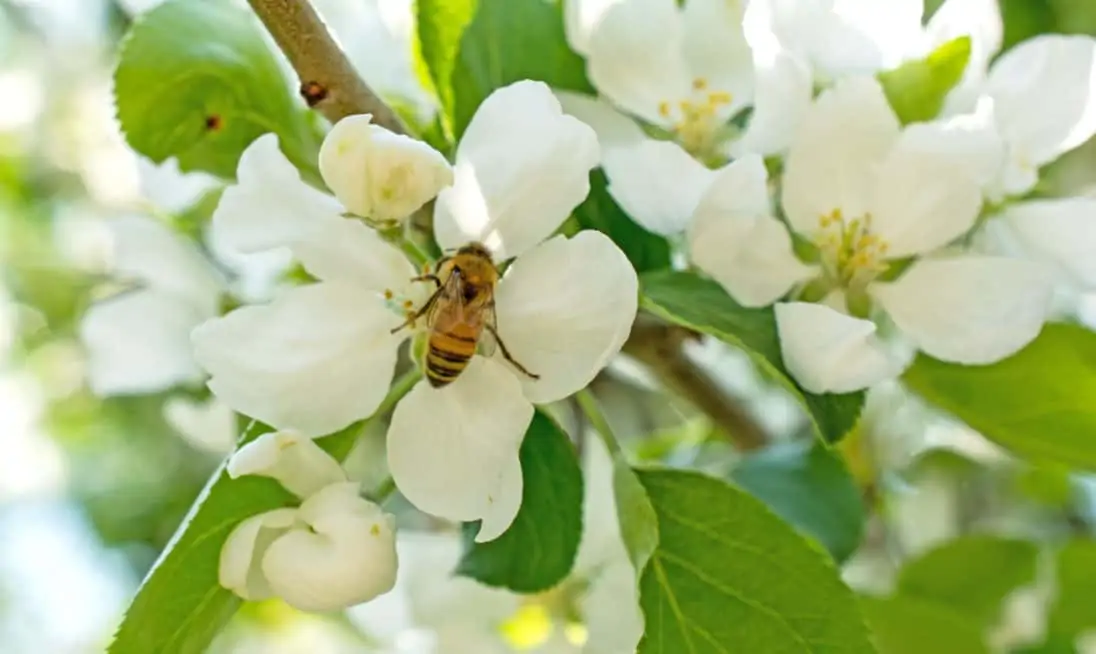
Is the seal verified?
Yes. Compliance with the standard is verified through testing.
Is the meaning of the seal consistent?
Yes. All requirements in the SCS Pesticide Residue Free Certification Standard have to be met.
Are the standards publicly available?
Yes. The SCS Pesticide Residue Free Certification Standard is available on the SCS website.
Is the organization free from conflict of interest?
Standards development:Yes. The directors of SCS Global Services vote on the final standards. SCS Global Services is financially independent from its clients and receives no financial backing from any institution with an interest in representing its clients or their products. SCS Global Services has an extensive policy to avoid conflicts of interest among its directors.
Verification: Yes. SCS Global Services has a conflict of interest policy that requires individuals involved with verification to declare potential conflicts of interest, and prohibits them from conducting work on behalf of SCS Global Services if there is a conflict of interest.
Were the standards developed with broad public and industry input?
Standards development: Yes. The standards were developed with input from various stakeholder groups, including non-profit organizations such as the Pesticide Action Network, National Resource Defense Council, and others. The initial draft was also reviewed by several government agencies, including the Food and Drug Administration and the Federal Trade Commission.
Standards updates: Yes. Standards are updated in collaboration with various stakeholders. Proposed revisions are shared with stakeholders including non-profit organizations, academics, and producers who participate in the program. Revised drafts are posted for public comment on the website, where revisions are announced.
